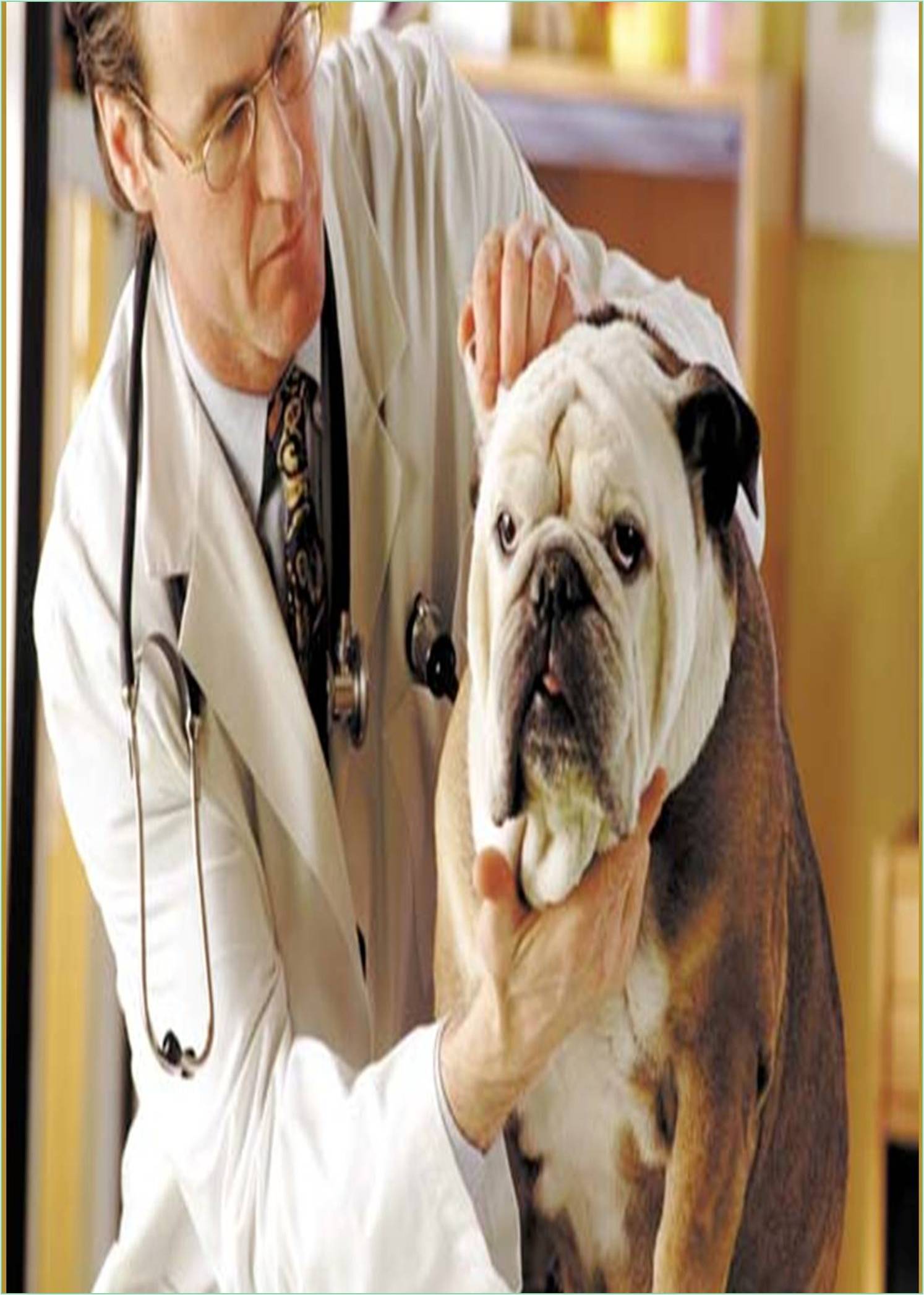



Received: 15-Nov-2022, Manuscript No. GJVMR-22-85230; Editor assigned: 18-Nov-2022, Pre QC No. GJVMR-22-85230 (PQ); Reviewed: 02-Dec-2022, QC No. GJVMR-22-85230; Revised: 09-Dec-2022, Manuscript No. GJVMR-22-85230 (R); Published: 16-Dec-2022, DOI: 10.15651/GJVMR.22.10.002
Foot-and-Mouth Disease (FMD) is a highly contagious animal disease that affects all cloven-hoofed animals including cattle, sheep, goats, camels, deer, and pigs. Clawed animals are animals with forked toes. Horses are unaffected by this FMD. It is a Transboundary Animal Disease (TAD) that seriously affects livestock and disrupts regional and international trade in animals and animal products. The disease is estimated to affect 77% of the world's livestock population in limited areas of Africa, the Middle East, Asia, and South America. Currently, a country without immunization and without FMD is in constant danger of collapsing. 75% of the costs attributed to FMD prevention and control occur in low and middle-income countries. The regions with the highest costs are Africa and Eurasia, accounting for 50% and 33% of the total costs, respectively. Cows, pigs, sheep, buffalo, deer, camels, and goats can become feverish, drooling, and reluctant to move. These animals may have blisters on their mouth, muzzle, tongue, lips, or between and on their hooves. Blisters may be intact or ruptured, exposing raw tissue and being very painful. Symptoms of foot and mouth disease usually include fever, mouth sores, and a rash. A rash usually appears on the hands and feet. Foot and mouth disease is a highly contagious disease. Animals can become infected with the virus through direct contact with infected animals. The disease can also be transmitted indirectly through equipment at hospitals.
The disease is caused by a virus, which has seven types, each of which causes the same symptoms and can only be distinguished in the laboratory. Immunity to one type does not protect an animal from other types. The outbreak is associated with the importation of infected meat and meat products. The disease can be airborne, and if weather conditions are favorable, this route can spread the disease over considerable distances. The virus can survive in contaminated feed and environments for up to a month, depending on temperature and pH conditions.
The interval between infection and onset of symptoms varies from 24 hours to 10 days or even more. The average time under natural conditions is 3-6 days. Animals can become infected through direct contact with infected animals, through contact with food or other items contaminated by such animals, or through eating or coming into contact with infected animal body parts.
If there is a confirmed case of foot-and-mouth disease anywhere in the United States, it could spread rapidly throughout the country. If an animal on the farm is confirmed to have the foot-and-mouth disease, euthanize and destroy all potentially ill farm animals (cattle, pigs, sheep, and goats) to prevent further disease. FMD is present in all feces and secretions of infected animals. In particular, these animals exhale large amounts of aerosolized virus that can be transmitted to other animals via respiratory or oral routes. However, in some species (particularly sheep and goats), the disease is often less severe or occurs as an asymptomatic infection. Although many young animals can die, the disease is usually not fatal in adult animals. However, it causes severe pain and suffering, especially in cattle. Animals may remain permanently lame and those who recover may be less productive.
The severity of clinical symptoms depends on the virus strain, exposure dose, age and species of the animal, and host immunity. Morbidity can reach 100% in susceptible populations. Mortality in adults is generally low (1%-5%) and high in calves, lambs, and piglets (>20%). The incubation period is 2-14 days. Vaccinations can be used to limit the spread of FMD or to protect certain animals. Vaccines are also used in endemic areas to protect animals from clinical diseases. FMD vaccines must be closely matched to the serotype and strain of the infecting strain. The disease may be suspected based on clinical signs. However, clinically FMD is indistinguishable from other bullous diseases such as bullous swine disease, bullous stomatitis, and bullous rash. Traditional methods of treating infected animals primarily involve the use of antibiotics, flunixin meglumine, and mild disinfectants.